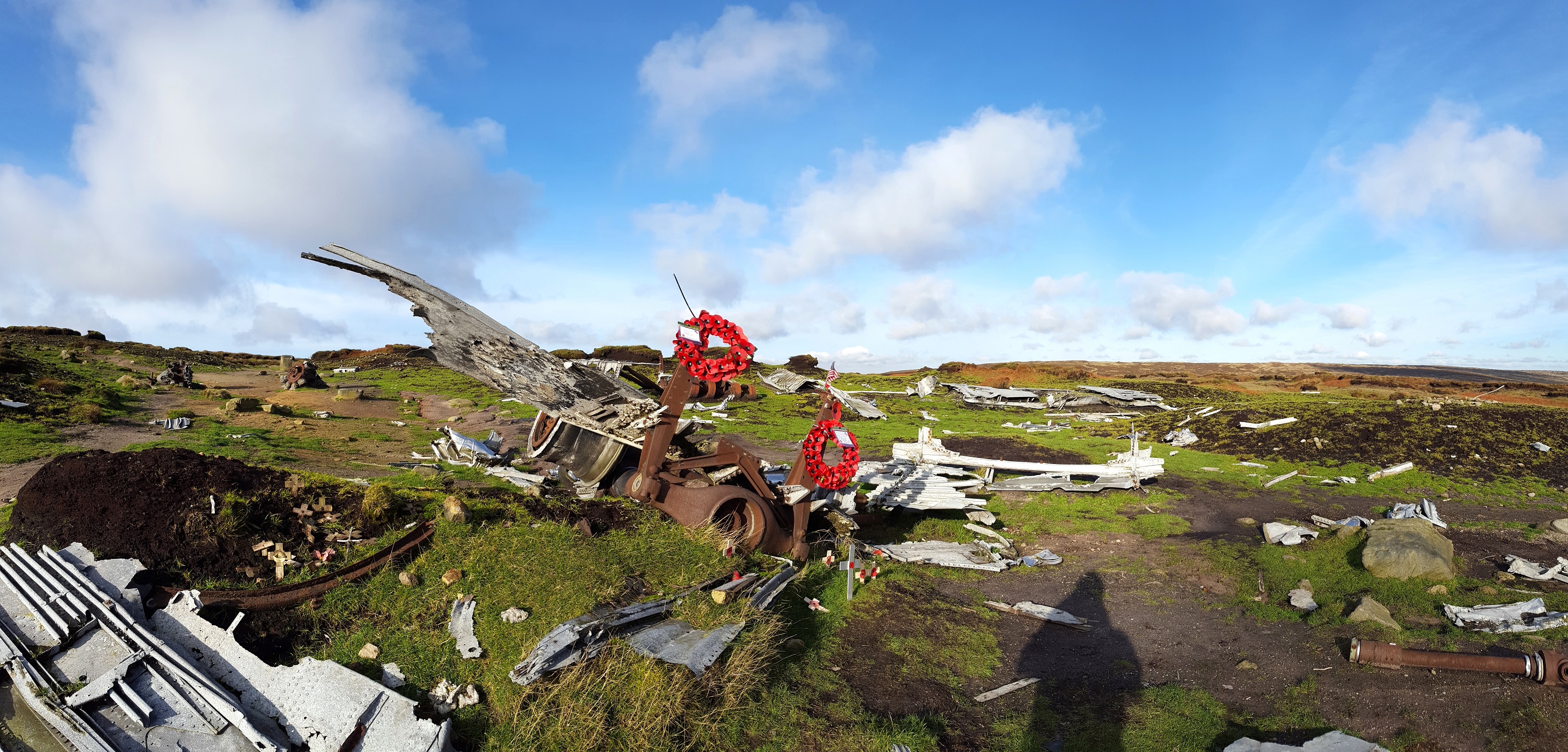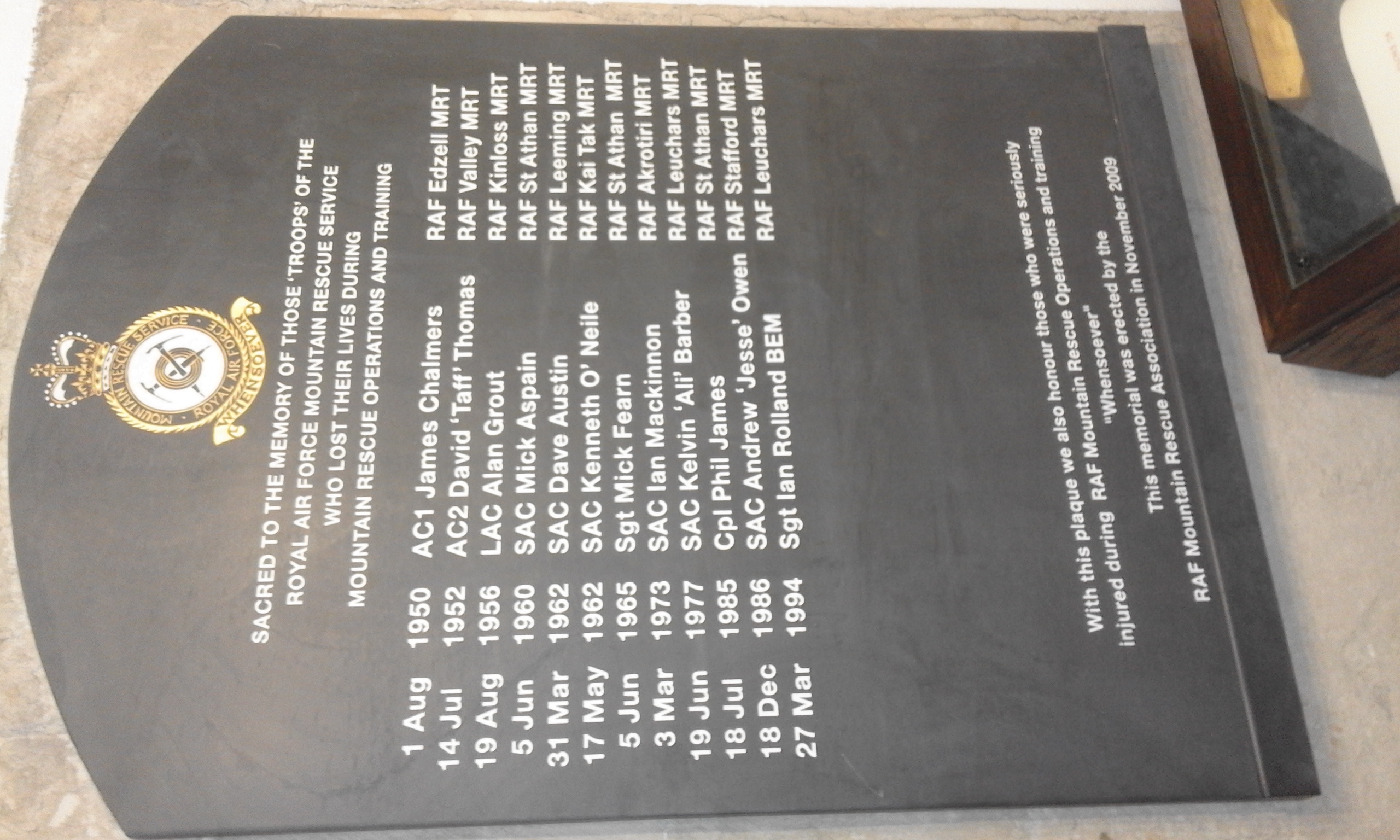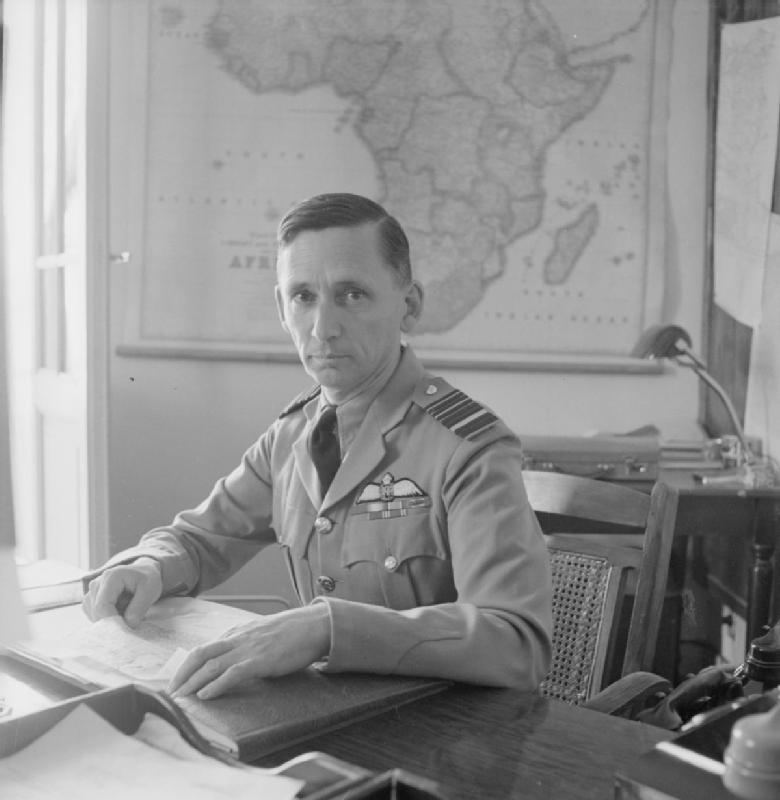|
RAF Harpur Hill
RAF Harpur Hill was a Royal Air Force base, situated at Harpur Hill near Buxton, Derbyshire in England. The site was operational from 1938 to 1960 and was mainly used as an underground munitions storage facility. It became the largest ammunitions dump in the country across the site. RAF site history During World War I, the Frith artillery range was located on the site. From December 1939 to December 1960, the RAF Maintenance Unit 28 was based at Harpur Hill. The RAF used Harpur Hill as an underground munitions store. In 1938 the Air Ministry bought Harpur Hill Quarry from ICI. 11 tunnels were built (concrete galleries covered by waste quarry stones) and dug into the hillside from 1938 to 1940 by McAlpine (at a cost of £6,500,000) to house munitions (ammunition and weapons) and ordnance (bombs and explosives) during World War II. The small entrance leads into one main tunnel, which used to have a railway track running along its length, with three side tunnels branching off ... [...More Info...] [...Related Items...] OR: [Wikipedia] [Google] [Baidu] |
Harpur Hill
Harpur Hill is a small village on the outskirts of Buxton, Derbyshire, England. It is in the Cote Heath ward of the High Peak Borough Council. It has a primary school, a park, a pub, a working men's club and a Methodist church. From 1938 to 1969, the RAF Maintenance Unit 28 was based at Harpur Hill and it included the RAF Mountain Rescue Team for the Peak District. RAF Harpur Hill was established as an underground munitions store. Tunnels were dug out to house munitions and ordnance. When the RAF left the tunnels were used as a mushroom farm. When the tunnels closed they were sold to a group of local businessmen and used as a cold store for cheese; a warehouse was built for dry and bonded wines and spirits. A number of local hauliers provided the transport for these goods. One of the hauliers was Lomas Distribution which was bought out by Christian Salvesen and was a major employer in the area; it later sold the site to French transport company Norbert Dentressangle. Many of ... [...More Info...] [...Related Items...] OR: [Wikipedia] [Google] [Baidu] |
V-weapons
V-weapons, known in original German as (, German: "retaliatory weapons", "reprisal weapons"), were a particular set of long-range artillery weapons designed for strategic bombing during World War II, particularly strategic bombing and/or aerial bombing of cities. They were the V-1, a pulsejet-powered cruise missile; the V-2, a liquid-fueled ballistic missile (often referred to as V1 and V2); and the V-3 cannon. All of these weapons were intended for use in a military campaign against Britain, though only the V-1 and V-2 were so used in a campaign conducted 1944–45. After the invasion of Europe by the Allies, these weapons were also employed against targets on the mainland of Europe, mainly France and Belgium. Strategic bombing with V-weapons killed approximately 18,000 people, mostly civilians. The cities of London, Antwerp and Liège were the main targets. They were part of the range of the so-called (superweapons, or "wonderweapons") of Nazi Germany. Development As e ... [...More Info...] [...Related Items...] OR: [Wikipedia] [Google] [Baidu] |
Bleaklow
Bleaklow is a high, largely peat-covered, gritstone moorland in the Derbyshire High Peak near the town of Glossop. It is north of Kinder Scout, across the Snake Pass ( A57), and south of the A628 Woodhead Pass. Much of it is nearly 2,000 feet (610 m) above sea level and the shallow bowl of Swains Greave on its eastern side is the source of the River Derwent. Bleaklow Head (633 m), marked by a huge cairn of stones, the high point at the western side of the moor, is a Hewitt and is crossed by the Pennine Way. It is one of three summits on this plateau above 2,000 feet, the others being Bleaklow Stones, some 1.9 miles (3 km) to the east along an indefinite ridge, and Higher Shelf Stones, 0.9 miles (1.5 km) south of Bleaklow Head. At 633 metres (2,077 feet), Bleaklow is the second-highest point in Derbyshire and the area includes the most easterly point in the British Isles over 2,000 feet, near Bleaklow Stones. Description Much o ... [...More Info...] [...Related Items...] OR: [Wikipedia] [Google] [Baidu] |
Boeing B-29 Superfortress
The Boeing B-29 Superfortress is an American four-engined propeller-driven heavy bomber, designed by Boeing and flown primarily by the United States during World War II and the Korean War. Named in allusion to its predecessor, the B-17 Flying Fortress, the Superfortress was designed for high-altitude strategic bombing, but also excelled in low-altitude night incendiary bombing, and in dropping naval mines to blockade Japan. B-29s dropped the atomic bombs on Hiroshima and Nagasaki, the only aircraft ever to drop nuclear weapons in combat. One of the largest aircraft of World War II, the B-29 was designed with state-of-the-art technology, which included a pressurized cabin, dual-wheeled tricycle landing gear, and an analog computer-controlled fire-control system that allowed one gunner and a fire-control officer to direct four remote machine gun turrets. The $3 billion cost of design and production (equivalent to $ billion today), far exceeding the $1.9 b ... [...More Info...] [...Related Items...] OR: [Wikipedia] [Google] [Baidu] |
United States Air Force
The United States Air Force (USAF) is the air service branch of the United States Armed Forces, and is one of the eight uniformed services of the United States. Originally created on 1 August 1907, as a part of the United States Army Signal Corps, the USAF was established as a separate branch of the United States Armed Forces in 1947 with the enactment of the National Security Act of 1947. It is the second youngest branch of the United States Armed Forces and the fourth in order of precedence. The United States Air Force articulates its core missions as air supremacy, global integrated intelligence, surveillance and reconnaissance, rapid global mobility, global strike, and command and control. The United States Air Force is a military service branch organized within the Department of the Air Force, one of the three military departments of the Department of Defense. The Air Force through the Department of the Air Force is headed by the civilian Secretary of the Air Force ... [...More Info...] [...Related Items...] OR: [Wikipedia] [Google] [Baidu] |
Peak District
The Peak District is an upland area in England at the southern end of the Pennines. Mostly in Derbyshire Derbyshire ( ) is a ceremonial county in the East Midlands, England. It includes much of the Peak District National Park, the southern end of the Pennine range of hills and part of the National Forest. It borders Greater Manchester to the nor ..., it extends into Cheshire, Greater Manchester, Staffordshire, West Yorkshire and South Yorkshire. It includes the Dark Peak, where moorland is found and the geology is dominated by gritstone, and the White Peak, a limestone area with valleys and gorges. The Dark Peak forms an arc on the north, east and west sides; the White Peak covers central and southern tracts. The historic Peak District extends beyond the National Park, which excludes major towns, quarries and industrial areas. It became the first of the national parks of England and Wales in 1951. Nearby Manchester, Stoke-on-Trent, Derby and Sheffield send millions of v ... [...More Info...] [...Related Items...] OR: [Wikipedia] [Google] [Baidu] |
Royal Air Force Mountain Rescue Service
The Royal Air Force Mountain Rescue Service (RAFMRS) provides the UK military's only all-weather search and rescue asset for the United Kingdom. Royal Air Force mountain rescue teams (MRTs) were first organised during World War II to rescue aircrew from the large number of aircraft crashes then occurring due to navigational errors in conjunction with bad weather and resulting poor visibility when flying in the vicinity of high ground. The practice at the time was to organise ad-hoc rescue parties from station medical sections and other ground personnel. Experience demonstrated that this could be dangerous. While the mountains of the United Kingdom are not very tall, they contain much formerly glaciated terrain with steep cliffs, talus slopes, high peaks and cirque basins, and generally experience a sub-Arctic climate at relatively low altitudes. Snow and high winds, sometimes in excess of , are possible any month of the year. Rescue operations in these conditions require personne ... [...More Info...] [...Related Items...] OR: [Wikipedia] [Google] [Baidu] |
Hugh Trenchard, 1st Viscount Trenchard
Marshal of the Royal Air Force Hugh Montague Trenchard, 1st Viscount Trenchard, (3 February 1873 – 10 February 1956) was a British officer who was instrumental in establishing the Royal Air Force. He has been described as the "Father of the Royal Air Force." During his formative years, Trenchard struggled academically, failing many examinations and only just succeeding in meeting the minimum standard for commissioned service in the British Army. As a young infantry officer, Trenchard served in India and with the outbreak of the Boer War, he volunteered for service in South Africa. While fighting the Boers, Trenchard was critically wounded and as a result of his injury, he lost a lung, was partially paralysed and returned to Great Britain. On medical advice, Trenchard travelled to Switzerland to recuperate and boredom saw him taking up bobsleighing. After a heavy crash, Trenchard found that his paralysis was gone and that he could walk unaided. Following further recuperation, ... [...More Info...] [...Related Items...] OR: [Wikipedia] [Google] [Baidu] |
Arthur Tedder, 1st Baron Tedder
Marshal of the Royal Air Force Arthur William Tedder, 1st Baron Tedder, (11 July 1890 – 3 June 1967) was a senior Royal Air Force commander. He was a pilot and squadron commander in the Royal Flying Corps in the First World War and he went on to serve as a senior officer in the Royal Air Force during the inter-war years when he served in Turkey, Great Britain and the Far East. During the Second World War, as Air Officer Commanding RAF Middle East Command, Tedder directed air operations in the Mediterranean and North Africa, including the evacuation of Crete and '' Operation Crusader'' in North Africa. His bombing tactics became known as the " Tedder Carpet". Later in the war Tedder took command of Mediterranean Air Command and in that role was closely involved in the planning of the Allied invasion of Sicily and then the Allied invasion of Italy. When Operation Overlord—the invasion of France—came to be planned, Tedder was appointed Deputy Supreme Commander at Supreme ... [...More Info...] [...Related Items...] OR: [Wikipedia] [Google] [Baidu] |
John Dering Nettleton
John Dering Nettleton, Victoria Cross, VC (28 June 1917 – 13 July 1943) was a South African officer in the Royal Air Force (RAF) during the Second World War. He is most famous for leading the Augsburg raid, a daylight attack against the MAN SE, MAN U-boat engine plant in Augsburg on 17 April 1942. For his role in this mission he was awarded the Victoria Cross, the highest award for gallantry in the face of the enemy that can be awarded to British and Commonwealth of Nations, Commonwealth forces. Early life Born on 28 June 1917 in Nongoma, Natal Province, South Africa, Nettleton was the grandson of Admiral A.T.D. Nettleton. He was educated at Western Province Preparatory School in Cape Town from 1928 to 1930. Nettleton served as a naval cadet on the ''General Botha'' training ship, and then for 18 months in the South African Merchant Marine. He took up civil engineering, working in various parts of South Africa. Second World War Commissioned in the Royal Air Force (RAF) in Decemb ... [...More Info...] [...Related Items...] OR: [Wikipedia] [Google] [Baidu] |
RAF Camp Building At Harpur Hill
The Royal Air Force (RAF) is the United Kingdom's air and space force. It was formed towards the end of the First World War on 1 April 1918, becoming the first independent air force in the world, by regrouping the Royal Flying Corps (RFC) and the Royal Naval Air Service (RNAS). Following the Allied victory over the Central Powers in 1918, the RAF emerged as the largest air force in the world at the time. Since its formation, the RAF has taken a significant role in British military history. In particular, it played a large part in the Second World War where it fought its most famous campaign, the Battle of Britain. The RAF's mission is to support the objectives of the British Ministry of Defence (MOD), which are to "provide the capabilities needed to ensure the security and defence of the United Kingdom and overseas territories, including against terrorism; to support the Government's foreign policy objectives particularly in promoting international peace and security". The RAF ... [...More Info...] [...Related Items...] OR: [Wikipedia] [Google] [Baidu] |
Wales
Wales ( cy, Cymru ) is a Countries of the United Kingdom, country that is part of the United Kingdom. It is bordered by England to the Wales–England border, east, the Irish Sea to the north and west, the Celtic Sea to the south west and the Bristol Channel to the south. It had a population in 2021 of 3,107,500 and has a total area of . Wales has over of coastline and is largely mountainous with its higher peaks in the north and central areas, including Snowdon (), its highest summit. The country lies within the Temperateness, north temperate zone and has a changeable, maritime climate. The capital and largest city is Cardiff. Welsh national identity emerged among the Celtic Britons after the Roman withdrawal from Britain in the 5th century, and Wales was formed as a Kingdom of Wales, kingdom under Gruffydd ap Llywelyn in 1055. Wales is regarded as one of the Celtic nations. The Conquest of Wales by Edward I, conquest of Wales by Edward I of England was completed by 1283, th ... [...More Info...] [...Related Items...] OR: [Wikipedia] [Google] [Baidu] |








